Katie Moench is a librarian, runner, and lover of baked goods. A school librarian in the Upper Midwest, Katie lives with her husband and dog and spends her free time drinking coffee, trying new recipes, and adding to her TBR.
November is Indigenous History Month, and now is a great time for parents, school librarians, and young readers to incorporate books by Indigenous and Native authors into their reading. Whether you have a middle grade reader in your life who enjoys survival stories, books set in the past, or realistic fiction, there are great options featuring Indigenous stories for them to read.
Below, you’ll find multiple award-winning books, including a National Book Award Finalist, an American Indian Youth Literature Award Winner, and a Canadian Children’s Literature Award Winner. These books include the first in a family saga that spans a century, a great read-alike for fans of the I Survived series, the story of a girl who lives in a lighthouse, and a novel narrated by a ghost. Whichever book you pick up first, you’re sure to enjoy a great read and learn something along the way!
Faye and the Dangerous Journey: An Ojibwe Removal Survival Story by Kim Sigafus
When I worked as a middle school librarian, the I Survived series was always hugely popular with students, and the Girls Survive series that this book is a part of is a great read-alike! The Faye and the Dangerous Journey installment of the series follows Faye, a young Ojibwe girl whose family is forced from their home in Wisconsin as part of the Sandy Lake Ojibwe removal of 1850.
Indian No More by Charlene Willing McManis with Traci Sorell
Based on Willing McManis’ own life, this American Indian Youth Literature Award-winning middle grade novel is narrated by ten-year-old Regina Petit. Her family is part of the Umpqua Nation, and Regina has grown up on the Grand Ronde Tribe’s reservation, until the day the federal government decides her tribe no longer exists. Forced to relocate from Oregon to Los Angeles, Regina and her family reckon with the Civil Rights Era and questions of identity and belonging in their new home.
The Birchbark House by Louise Erdrich
Birchbark House is the first of five books in Erdrich’s series that spans a hundred years in the life of an Ojibwe family. In this first book, readers meet Omakakiins and her family, who live on an island in Lake Superior. While there has been more interaction between Omakakiins’ community and white settlers in the area, life has mainly continued as usual. However, when a visitor arrives with an invisible enemy, Omakakiins finds herself challenged to rise to a new calling.
The Kids Are All Right
Sign up to The Kids Are All Right to receive news and recommendations from the world of kid lit and middle grade books.
Dear Canada: These Are My Words by Ruby Slipperjack
In this book in the Dear Canada middle grade historical fiction series, 12-year-old Violet Pesheens keeps a diary about her harrowing experiences at an Indian Residential School in Northern Ontario in 1966. At this “school,” her name, language, and belongings have been taken away from her—here, she’s just a number. She writes to stop herself from forgetting her Anishinaabe language and culture.
The Luminous Life of Lucy Landry by Anna Rose Johnson
Lucy, the daughter of a sailor who is now an orphan and whose father was lost at sea, has been sent to live with the Martins, an Anishinaabe family who live in a lighthouse on Lake Superior. Though the Martins are welcoming, Lucy struggles to fit in and finds life at the lighthouse challenging. The one bright spot in her situation is that the lighthouse is near a famed shipwreck said to contain a treasure Lucy’s father had dreamed of finding. Can Lucy complete his quest and find the treasure before she and the Martins have to leave the lighthouse for good?
Weird Rules to Follow by Kim Spencer
Eleven-year-olds Mia and Lara are best friends living in the fishing town of Prince Rupert in the 1980s. They’ve known each other since kindergarten, but as they get older, Mia has started to notice that people treat her and her family differently from Lara’s. While Lara and her family are similar to the other houses in their neighborhood, Mia’s Indigenous, multi-generational family is talked about in their town, and Mia begins to notice how adults treat her differently from Lara, even if they haven’t met her yet.
If you’re looking for more middle grade books by Indigenous authors, check out these Indigenous middle grade novels and this list of Native YA and middle grade graphic novels and comics. Adult readers can also pick up these 20 Must-Read Indigenous Historical Fiction Books. And readers of all ages should be sure to check out Book Riot’s Indigenous authors’ archive for more book suggestions!

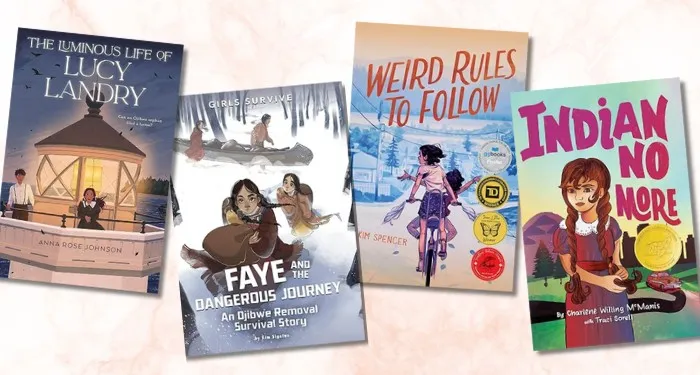
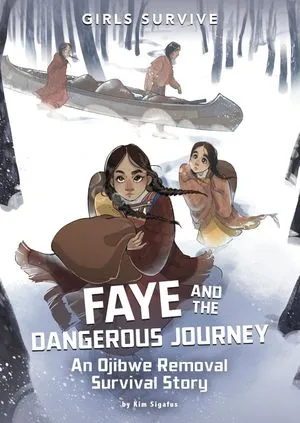
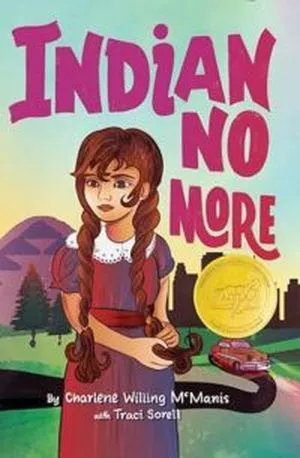
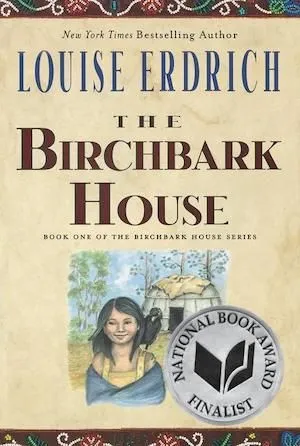
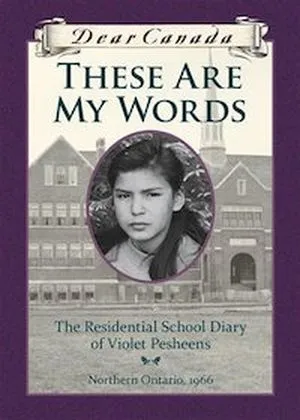
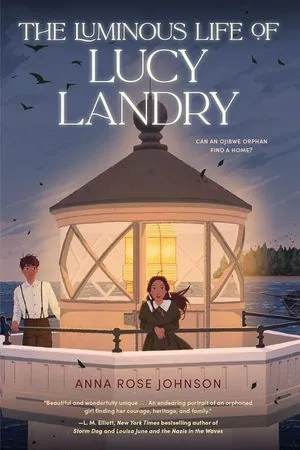
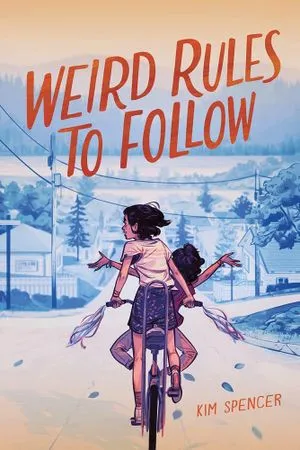



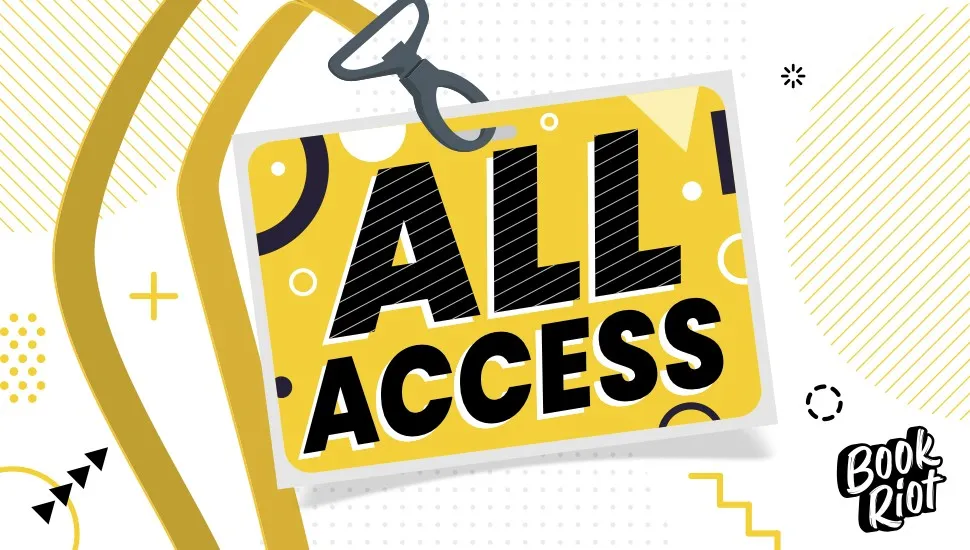








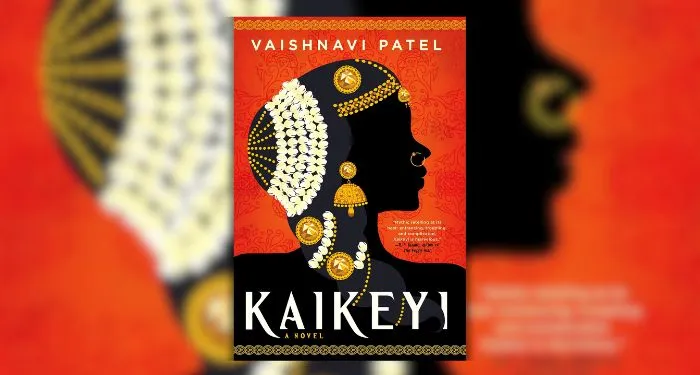


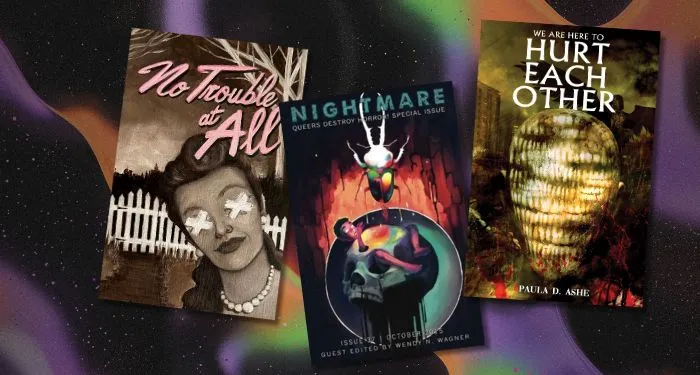


 English (US) ·
English (US) ·